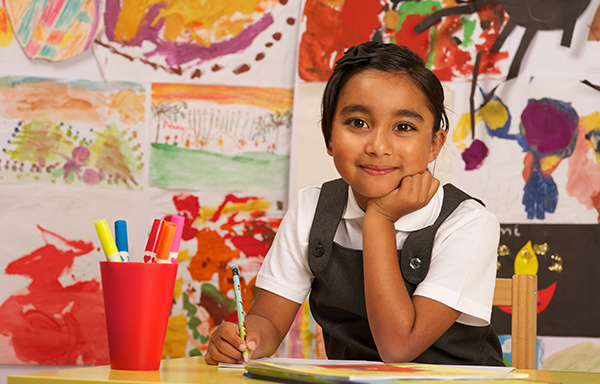Transition planning in the time of COVID-19

It’s no exaggeration to say that everything within schools has changed. Schools are coming to terms with the ‘new normal’, and yet at the same time seem to be facing an avalanche of new challenges on an almost daily basis. Time marches on, and despite all the ‘newness’, we also know that we are coming towards the end of the academic year. Children are only just beginning to ‘transition’ back into school, but more transitions – big and small – are just around the corner.
Given all of the uncertainty and anxiety that surrounds us all right now, it’s more important than ever that we consider transition planning for what is to come. It’s true that this is a more difficult task than in previous years, but it’s important that we don’t forget about or gloss over these important discussions. Whether it’s a move to a different classroom or a move to a different school it’s likely that lots of children, perhaps more than usual, will need support with managing the onslaught of changes coming at them between now and the new school year.
With this in mind, along with all of our new health and safety and social distancing guidelines, we may need to make changes to how we would usually support children with preparing for their transitions. We need to make use of the resources we have on hand to replace the visits and conversations that might have taken place in previous years. Using photographs to support conversations about new teachers and teaching assistants, or to show new classrooms, takes only a little time and a camera, but this provides opportunities for children to learn more about what next year will look like, to ask questions, and to express their excitement, nerves and concerns.
We can learn from the recent experience of delivering online learning and use video conferencing or video clips in lieu of face-to-face visits – even if this is just introducing or familiarising pupils with your colleagues who are currently working with a different ‘protective bubble’ of pupils on the other side of the building.
It’s important, as well, to think about what will be the same for pupils rather than focussing solely on what will be different. They might still travel to school in the same way, get to spend time with the same peers, have the same packed lunch. Knowing what routines will remain in place can be hugely reassuring in times of change. You can also talk about choices and consider what factors children might get to have control over, even if it’s the small things like choosing their snacks or their reading books.
Given the current circumstances, there’s no doubt that this is an added challenge, and it may not be a welcome task. However, it’s not something that can be ignored, because it will be at the forefront of the mind of lots (if not all) of our children. It’s important to start to tackle these conversations early, even if we don’t know all of the details yet. We simply need to work with what we do know and start to open up the dialogue. This year, more than others, it may feel less like a ‘plan’ and more like a ‘conversation’, but we will still be building preparedness and resilience for the coming changes.